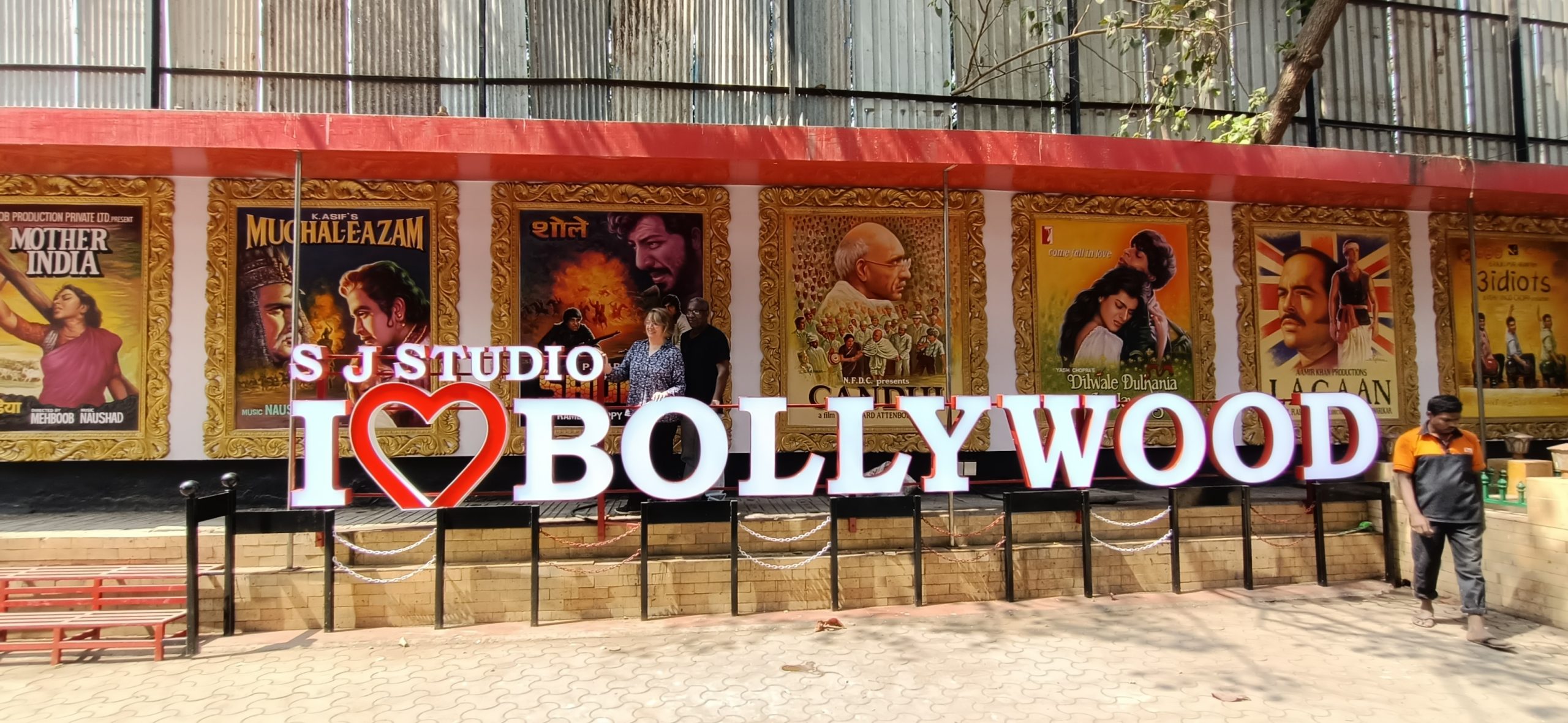From Bollywood to Tollywood: India’s Cinematic Legacy – India, with its rich cultural heritage and diverse traditions, has made an indelible mark on the global cinematic landscape. From the glitz and glamour of Bollywood to the artistic prowess of Tollywood, Indian cinema has captivated audiences worldwide. In this article, we will delve into the fascinating journey of Indian cinema, exploring its evolution, cultural significance, and the unique characteristics that set Bollywood and Tollywood apart.
The Birth of Indian Cinema
The history of Indian cinema dates back to the early 20th century when Dadasaheb Phalke released India’s first feature film, “Raja Harishchandra,” in 1913. This marked the beginning of a cinematic revolution in India, laying the foundation for what would become one of the world’s largest film industries.
Bollywood: The Heartbeat of India
The Golden Era
Bollywood, located in Mumbai, is often referred to as the heart of Indian cinema. The industry witnessed its golden era in the 1950s and 1960s, producing timeless classics like “Sholay” and “Mughal-e-Azam.” These films not only entertained but also reflected the social and cultural fabric of India.
The Bollywood Phenomenon
Bollywood is renowned for its extravagant song-and-dance sequences, larger-than-life stars, and melodramatic storytelling. It has a global fan base, and its influence on fashion, music, and culture is undeniable.
Tollywood: Where Art Meets Cinema
A Tradition of Excellence
Tollywood, the Telugu film industry based in Hyderabad, stands out for its artistic and innovative approach to cinema. It has produced masterpieces like “Baahubali” and “Magadheera,” showcasing the industry’s commitment to pushing creative boundaries.
The Role of Regional Cinema
Tollywood is just one part of India’s regional cinema landscape. Each region, whether it’s Kollywood in Tamil Nadu or Marathi cinema in Maharashtra, contributes uniquely to the country’s cinematic tapestry.
Cultural Impact and Diversity
Reflecting India’s Diversity
Indian cinema is a mirror to the country’s diverse culture and traditions. It has explored themes ranging from mythology and historical epics to contemporary social issues, resonating with audiences from different walks of life.
Global Recognition
Indian films have garnered international acclaim, with movies like “Lagaan” and “Slumdog Millionaire” receiving Oscars and global recognition. This highlights the universal appeal of Indian storytelling.
Conclusion
From the glitz and glamour of Bollywood to the artistic brilliance of Tollywood, India’s cinematic legacy is a testament to its creativity, diversity, and cultural richness. Indian cinema continues to evolve, captivating audiences not only in India but across the globe. As it marches forward, it carries with it the hopes, dreams, and stories of a billion people.
FAQs (Frequently Asked Questions)
- What is the significance of Bollywood in Indian cinema?
- Bollywood is the largest and most popular film industry in India, known for its extravagant productions and global influence.
- How does Tollywood differ from Bollywood?
- Tollywood, based in Hyderabad, focuses on artistic and innovative storytelling, often pushing creative boundaries.
- What are some iconic Bollywood films from the golden era?
- Classic Bollywood films from the golden era include “Sholay,” “Mughal-e-Azam,” and “Mother India.”
- Has Indian cinema received international recognition?
- Yes, Indian films like “Lagaan” and “Slumdog Millionaire” have won Oscars and gained global acclaim.
- How does Indian cinema reflect the country’s diversity?
- Indian cinema explores a wide range of themes and cultures, making it a reflection of India’s diverse society and traditions.




